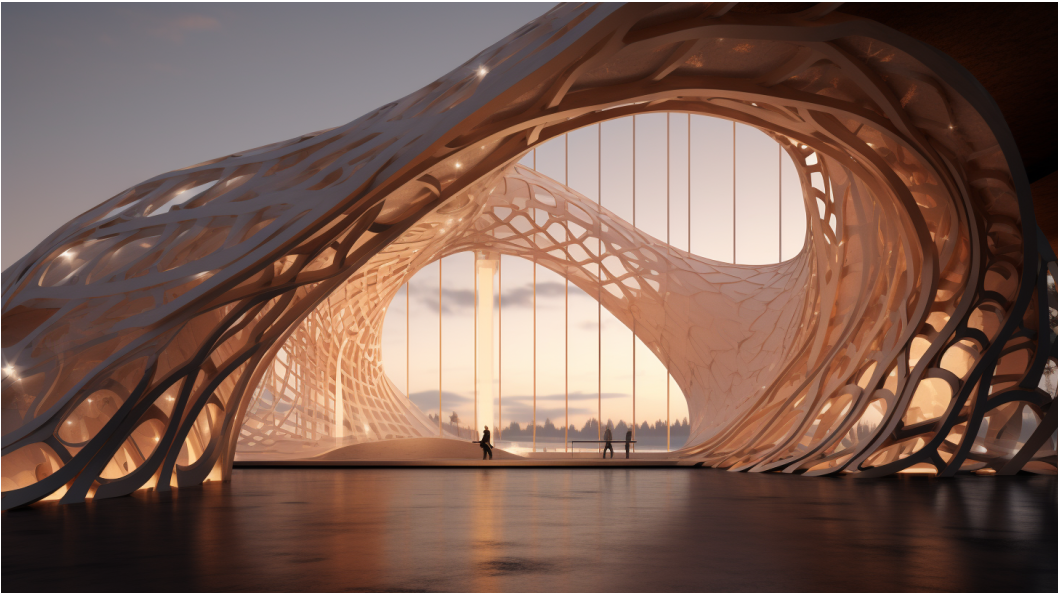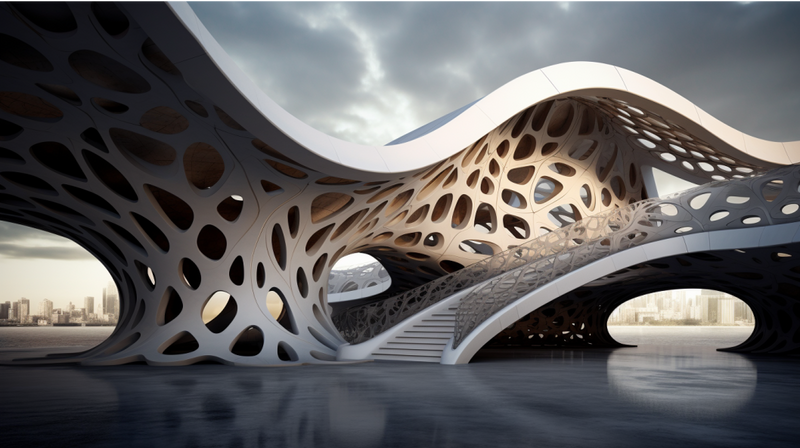The paradigm of architectural design is continually evolving, exploring the profound intersection of art, technology, and sustainability. One such innovative intersection is kinetic architecture, an intriguing blend of moving building elements and parametric design that opens new frontiers in dynamic and adaptable environments.
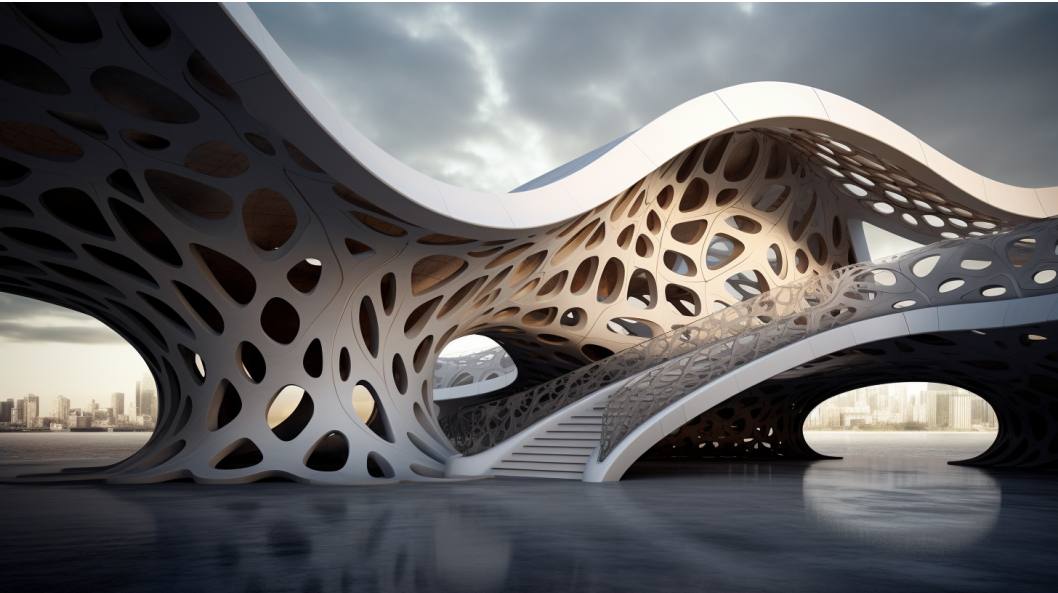
The Intricacy of Movement
Kinetic architecture, which encapsulates movement and transformation as core elements, not only brings visual and functional dynamism to structures but also responds aptly to the challenges of the changing climate and user requirements. Imagine walls that automatically adjust their positions based on occupancy, or facades that modify their configuration in response to varying weather conditions, thereby enhancing energy efficiency and user comfort. These manifestations of moving architecture can shape an efficient, sustainable, and aesthetically profound future, mitigating the increasing demands on energy resources and adapting to multifaceted user needs.
Parametric Design as a Catalyst
In this context, parametric design acts as a catalyst for the realization of kinetic architecture. With its roots in defining parameters and rules that autonomously govern the design process, parametric design is not merely a technique but an ideology that encapsulates flexibility and dynamic adaptability. By incorporating algorithms that respond to a plethora of variables such as material properties, environmental conditions, and user requirements, parametric design enables architects to conceive structures that are not statically defined, but dynamically adaptive.
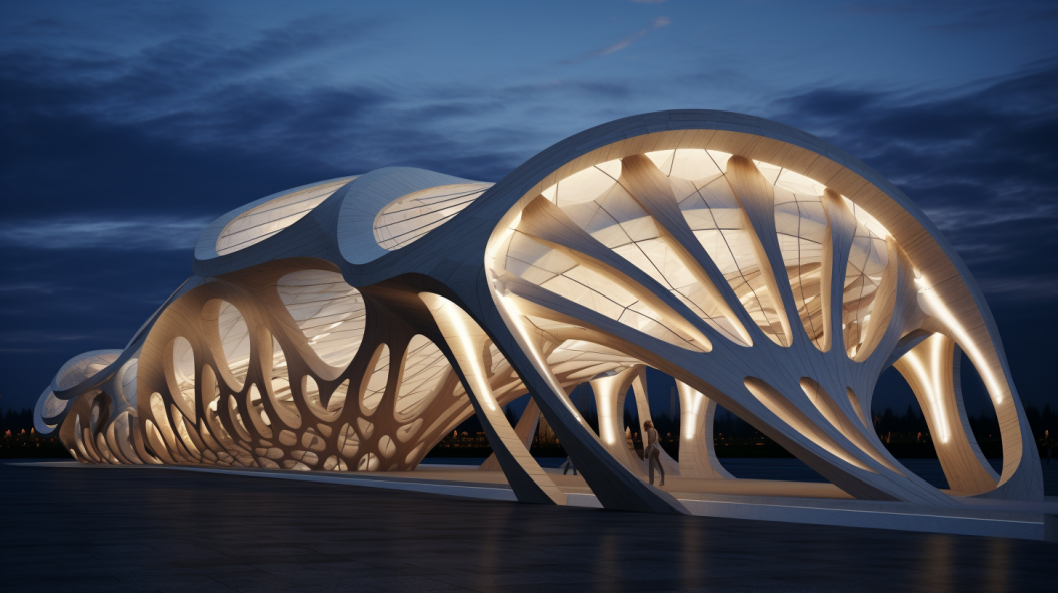
Dynamic Building Elements: Creating an Interactive Envelope
Bridging parametric design and kinetic architecture provides avenues for dynamic building elements to emerge as active participants in an environment, rather than being passive constituents. Facades, walls, ceilings, and floors can all become interactive elements, responding and adapting to external stimuli. The integration of sensors and actuators within these dynamic elements, under the governance of parameters defined by architects, unleashes a realm where buildings can adapt, morph, and interact with their inhabitants and the environment in real-time. This not only leads to aesthetically compelling structures but also facilitates the creation of environments that are intrinsically connected to their ecological and social contexts.
Sustainability and Energy Efficiency: More than a Passive Role
It's imperative to highlight that kinetic architecture isn’t just about creating visual spectacles; it's deeply intertwined with sustainability. By actively responding to external conditions, kinetic elements can significantly enhance energy efficiency. For instance, dynamic facades can control solar gain, reducing the dependence on artificial cooling and heating systems, thus playing an active role in minimizing energy consumption and enhancing the building’s sustainability credentials.
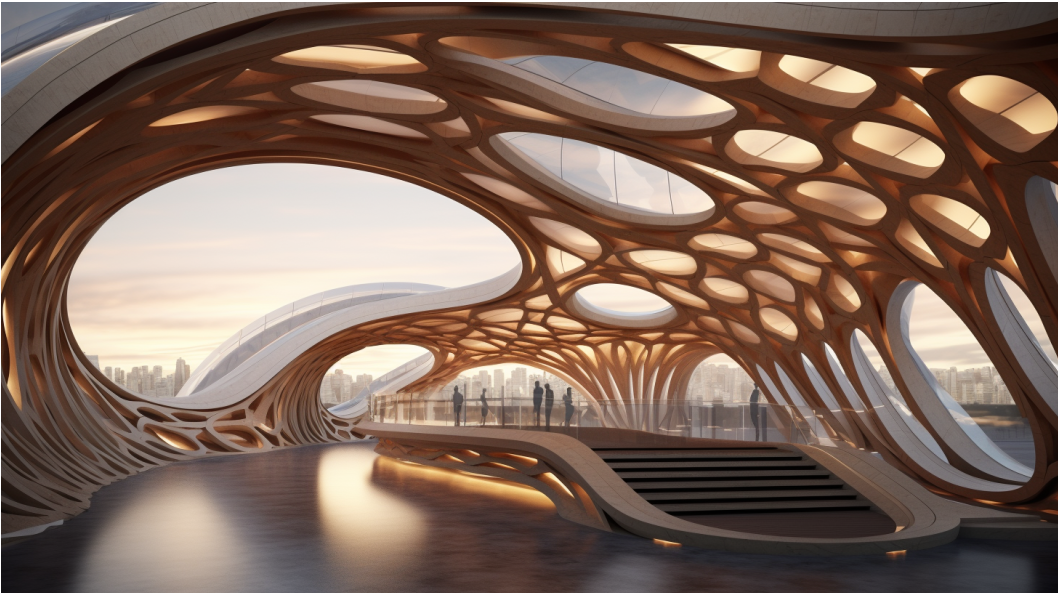
Ethical and Social Implications: Beyond Aesthetics
However, as we forge this alliance between technology and architecture, ethical and social considerations necessitate thoughtful contemplation. How does kinetic architecture impact urban fabrics and social interactions? How does the constant adaptation and movement of structures influence the psychological well-being of its inhabitants? Furthermore, what are the implications of widespread data collection through sensor-embedded environments in respect to privacy and surveillance?
The Future Trajectory: Redefining Spaces
While kinetic architecture married to parametric design promises a future where buildings are dynamically adaptive and inherently sustainable, it also urges us to envision new horizons in architectural philosophy. This integration should not be perceived merely as a technological advancement but should be scrutinized and refined through the lens of holistic sustainability, social interaction, and ethical practices.
The coming years are pivotal in shaping the trajectory of kinetic architecture. It is an opportunity to redefine spaces that are not just inhabited but are interactive, engaging, and mindful of their impact on nature and inhabitants alike. Our built environment is not merely a backdrop against which the drama of life unfolds but an active participant, shaping and being shaped by the pulsating rhythm of life and the environment. Thus, as we stand on the brink of this dynamic architectural evolution, it’s quintessential to harmonize technological advancements with ethical, social, and environmental considerations, orchestrating a future where architecture is not just seen or felt but is an ever-adaptive and interactive entity, alive in its truest sense.
